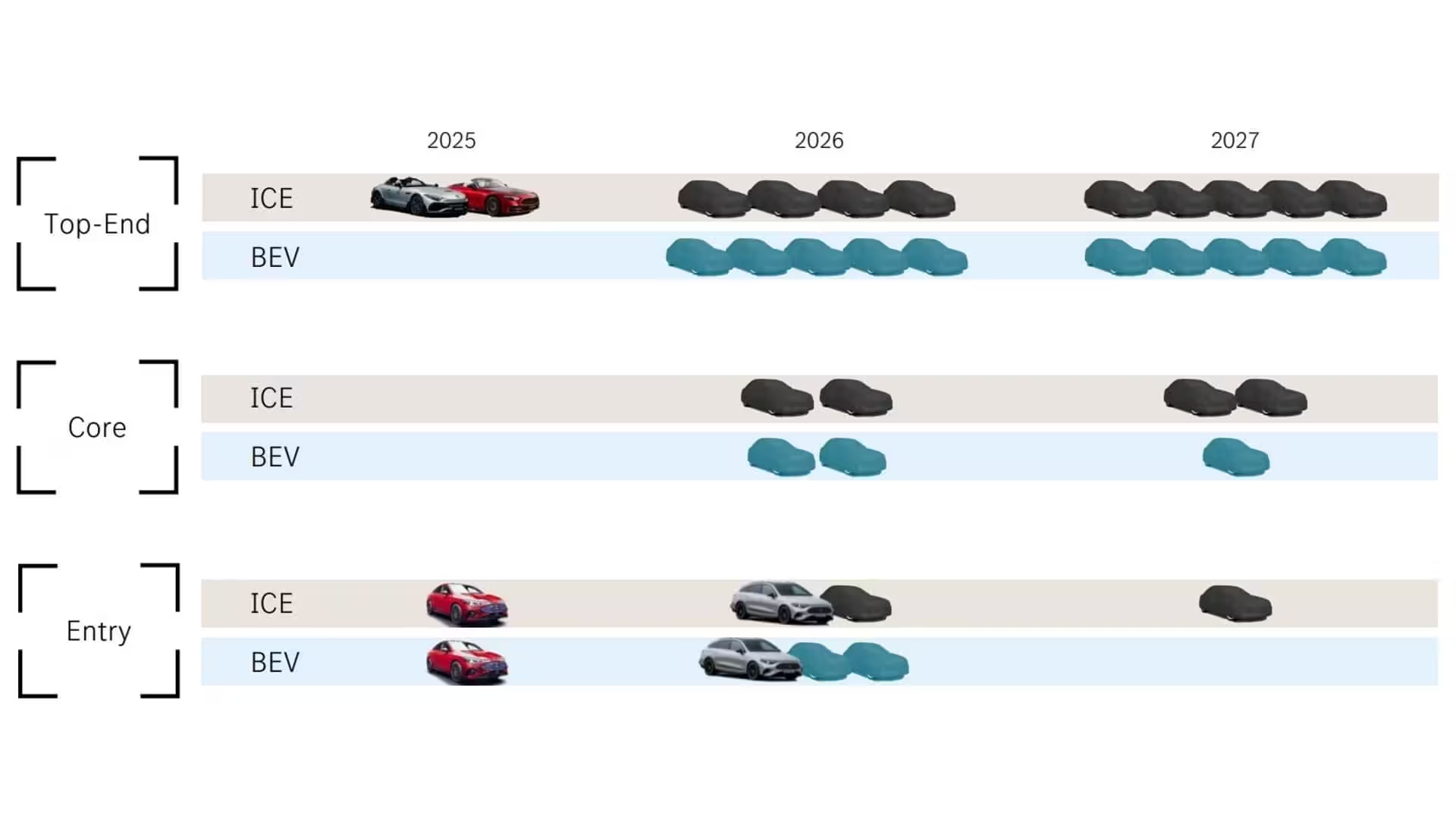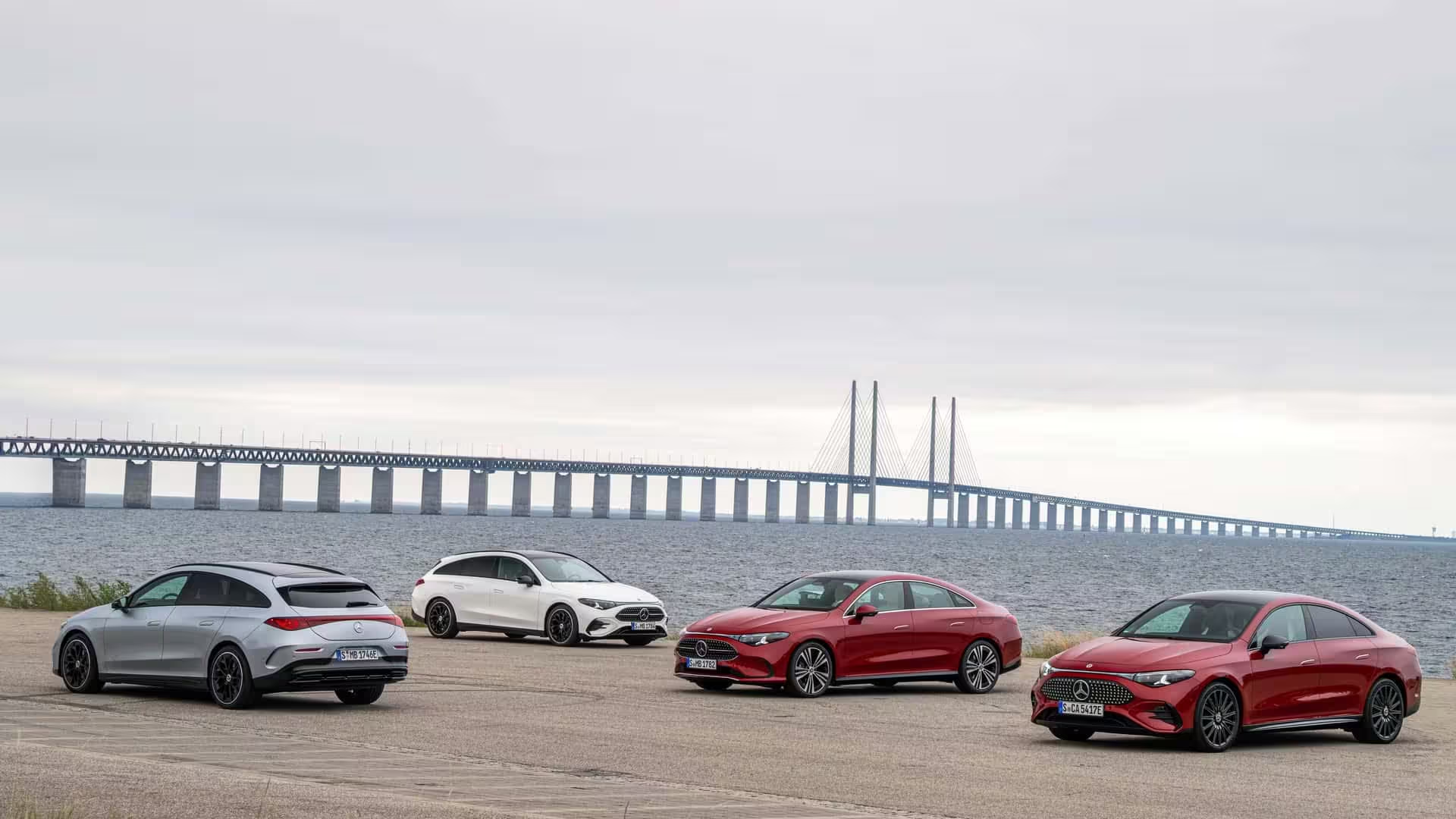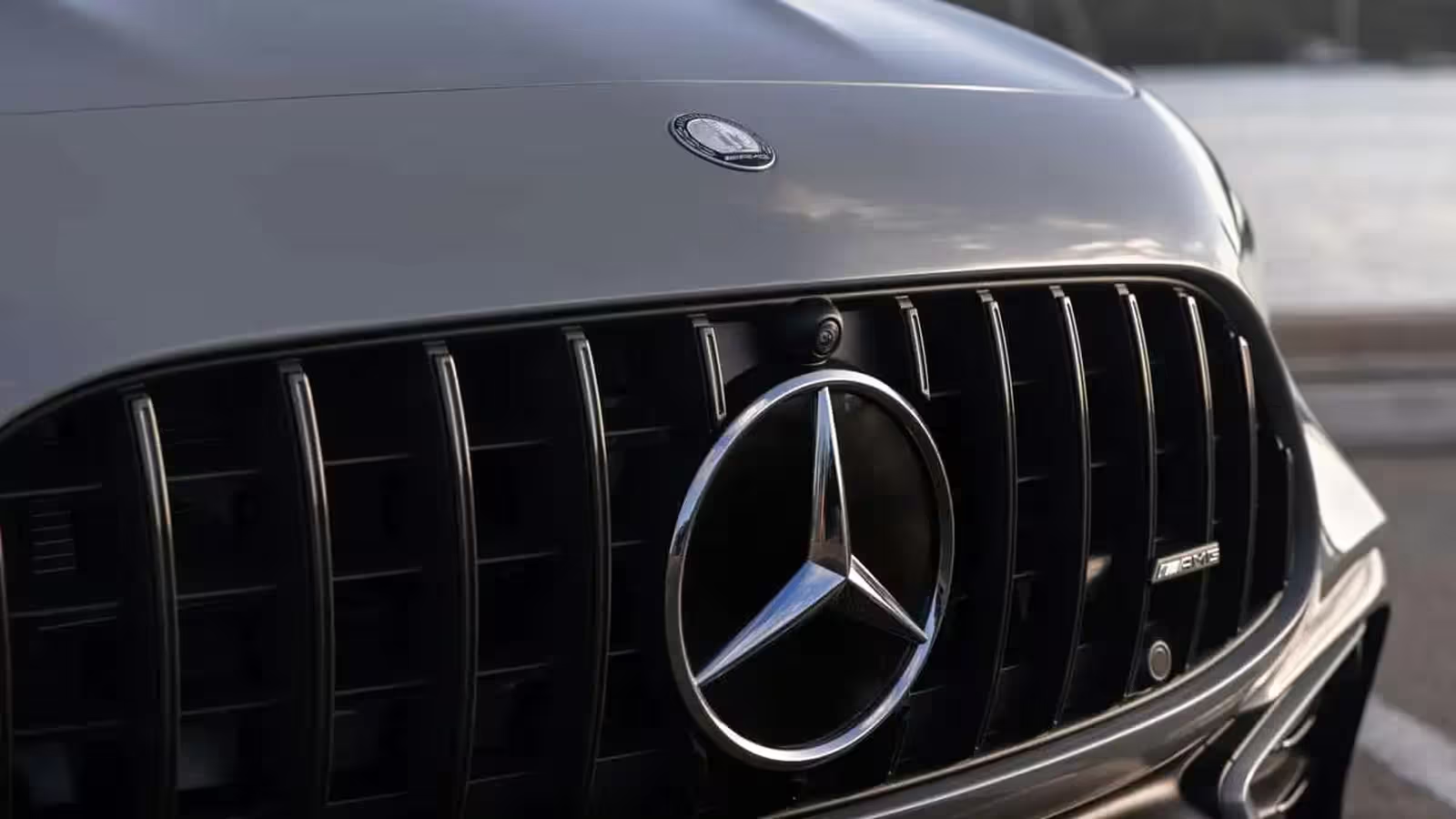4 Minutes
Mercedes-Benz is gearing up for an unprecedented era of innovation, unveiling what it calls the most extensive product launch program in its storied history. Despite facing headwinds in recent years, including a 3% drop in sales in 2024 and a further 6.2% decrease for the first half of 2025, the iconic German automaker is firmly setting its sights on the future. With 18 new vehicles slated for release next year alone, Mercedes is poised to redefine the automotive landscape across all market segments.
Massive Product Roll-Out: New Models Across All Segments
In a recent investor briefing, Mercedes-Benz confirmed plans for a sweeping overhaul of its model lineup. This product blitz includes everything from next-generation compact crossovers to refreshed luxury flagships, ensuring there’s a Mercedes for every driver’s needs and preferences. While two of the forthcoming models have already made their debut—the CLA and CLA Shooting Brake in both internal combustion (ICE) and electric vehicle (EV) forms—the company is planning a total of 18 launches in 2025.

Entry-Level Innovations: Next-Gen GLA and GLB
The brand’s entry-level "Entry" category eyes one new combustion-powered model and two electric vehicles in 2025, most likely representing the futuristic new GLA and GLB compact SUVs. These vehicles are expected to feature updated designs and cutting-edge technology, catering to drivers seeking premium quality and urban versatility in a small SUV package.
The Core Lineup: C-Class, GLC, and Fresh Design Directions
Mercedes’ "Core" segment—encompassing perennial favorites like the C-Class sedan and GLC SUV—will see important updates. Mid-cycle facelifts for both ICE versions and the debut of new EV models signal Mercedes’ ongoing commitment to driving innovation across traditional and electric platforms alike. The 2025 C-Class EV, in particular, is expected to raise the bar for performance, luxury, and digital sophistication within its segment.
Top End Luxury: S-Class, EQS, and AMG Performance
For the "Top End" segment, Mercedes-Benz is preparing no less than four new combustion or diesel models and five pure electric vehicles. This includes significant facelifts for the flagship S-Class and the cutting-edge EQS luxury sedan. According to CEO Ola Källenius, the upcoming S-Class refresh is a “major upgrade,” with investments exceeding those of a typical facelift, ensuring it maintains its status as an industry benchmark in comfort, technology, and performance.
High-performance enthusiasts have much to anticipate as well, with the AMG division developing its first bespoke electric super sedan—the GT XX concept—which will also inspire a sporty electric SUV variant. For traditionalists, a brand-new V8 engine is set to arrive by 2027, promising muscular driving dynamics and classic Mercedes engineering until at least the mid-2030s.
Looking Ahead: Next-Gen SUVs, “Little G,” and Evolving Design
Beyond facelifts and generational updates, Mercedes is expanding its SUV portfolio. Electric versions of the next-gen GLA and GLB are on the horizon, accompanied by a new compact off-roader nicknamed the "Little G," which will channel the DNA of the iconic G-Class in a more city-friendly package. This move responds to surging demand in the premium compact SUV market and reaffirms Mercedes’ leadership in off-road-inspired luxury.

Performance and Future Directions: AMG, ICE, and Electric Synergy
Mercedes-AMG remains at the forefront of high-performance innovation. While the highly-anticipated GT XX electric sedan and its SUV sibling are in development, fans of internal combustion can look forward to a new large-displacement ICE V-8 arriving in 2027. However, AMG has confirmed that the C63’s next facelift will stick with high-output hybrid or six-cylinder powertrains, reflecting changing market realities and emissions targets. The fate of the C43 and the rumored CLE63 Coupe/Cabriolet with a V8 remains uncertain, but Mercedes is clearly prioritizing both performance and sustainability.
Unified Design Language and Market Positioning
One of the most anticipated changes is Mercedes-Benz’s pivot in design philosophy. Rather than relying on extreme aerodynamics and the distinctive EQ styling cues, future models will adopt a unified aesthetic, harmonizing the look of ICE and EV vehicles. This streamlined strategy not only enhances brand identity but also responds to changing consumer tastes and real-world aerodynamic needs.
How Mercedes Stacks Up Against the Competition
With this ambitious product strategy, Mercedes-Benz aims to cement its position against rivals like BMW, Audi, and Lexus in both luxury and performance segments. As the automotive industry shifts toward electrification and smarter mobility solutions, Mercedes is signaling its intent to lead with a comprehensive portfolio that blends heritage, innovation, and market adaptability.
In summary, Mercedes-Benz is entering a bold new chapter. The next two years will see a wave of launches that blend legacy, luxury, and future-focused engineering—solidifying the brand’s reputation as a global automotive leader.
Source: motor1



Comments